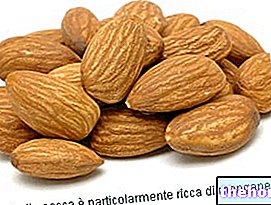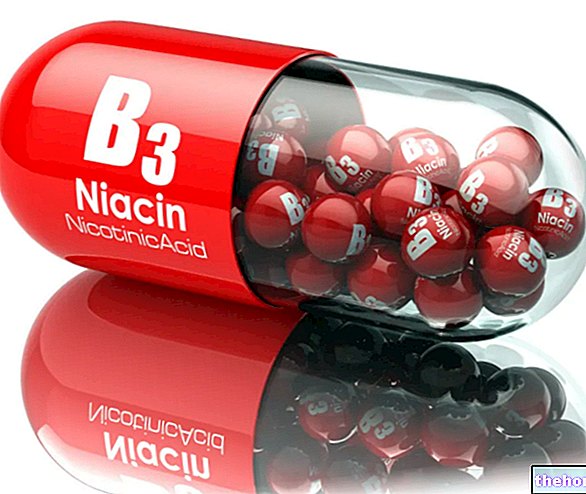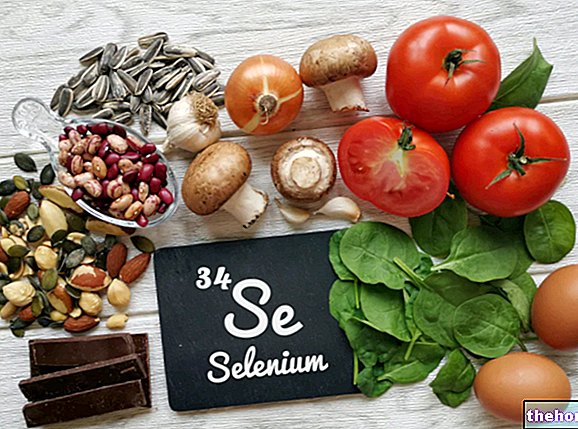What is Manganese
Manganese is an essential mineral, present in the human body between 12 and 20mg; the total content is distributed mainly in the bones, liver, pancreas and kidneys.
Functions
Manganese has numerous metabolic functions, among these we mention:
- Enzyme activator
- Metal-enzymatic constituent of:
- Arginase, which breaks down the amino acid arginine into L-ornithine and urea
- Pyruvate carboxylase, a molecule involved in gluconeogenesis
- Glutamine synthetase, catalyst of the amino acid glutamine (starting from glutamate)
- Mitochondrial superoxide dismutase, as an antioxidant of the superoxide ion
Metabolism
Blood manganese concentrations are reduced and bound to transferrin; urinary excretion, although it increases as the dietary dose increases, does not represent the main route of elimination, which is instead constituted by bile (digestive juice produced by the liver and poured into the intestine).

Deficiency and Excess
In humans, the real effects of manganese deficiency have not been identified, but in animals there are: decreased reproductive capacity, growth retardation, impaired cartilage and bone formation, defects in carbohydrate and lipid metabolism (with reduced glucose tolerance and reduced insulin secretion), hypercholesterolemia and fatty hepatic and renal steatosis. In man there are no toxic side effects (up to 9 mg / day).
Manganese: in Foods
The main food sources of manganese are cereals and their derivatives, wine and tea; less important but still useful for achieving the minimum rations are legumes, potatoes, hazelnuts, egg yolk and cocoa.
It is paradoxical to note how raw foods bring considerable quantities of manganese but, by also increasing fiber and phytates, compromise their absorption.























-nelle-carni-di-maiale.jpg)




